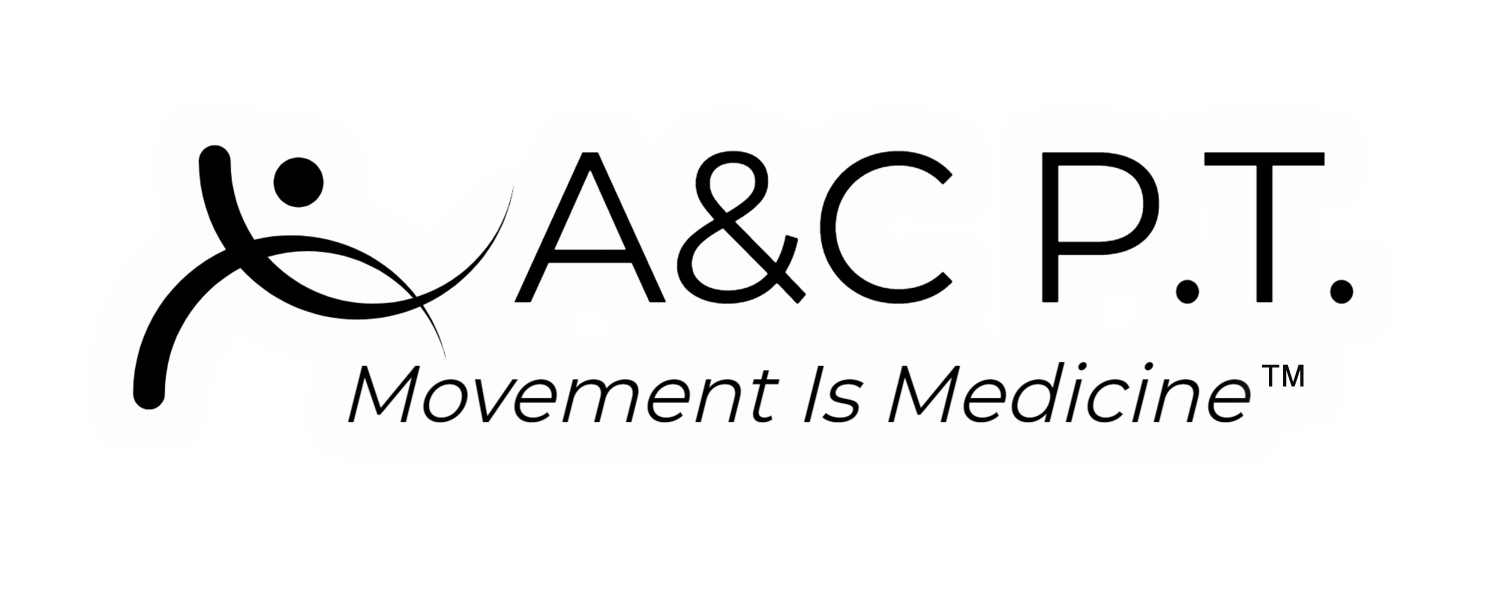For individuals considering total knee arthroplasty (TKA) or total hip arthroplasty (THA), it's crucial to understand the potential risks associated such as deep vein thrombosis (DVT). But what exactly is DVT? As blood circulates by your arteries and veins throughout your body, limited leg movement after surgery can lead to the formation of blood clots. Symptoms of DVT may include a sensation of heaviness, pain, cramping, swelling, redness, and warmth in the affected leg. Ignoring preventive measures and remaining unaware of DVT can result in complications, as the blood clot from the deep veins in your legs can dislodge and travel to the lung's blood vessels, causing a pulmonary embolism.
Studies have shown that being sedentary for three days following TKA surgery increases D-dimer levels, a protein associated with blood clotting. On the other hand, early mobilization, such as walking, has been clinically proven to help prevent the occurrence of deep vein thrombosis. In a research study, blood samples were taken before and after TKA surgery, focusing on the D-dimer protein. It was found that individuals who started walking within one week after surgery had D-dimer levels that were 2.5 times lower than those who started walking in the second week. While results varied depending on factors like age, sex, and medical history, the overall evidence supports the inclusion of early mobilization for enhanced recovery.
Receiving guidance from a physical therapist can facilitate a smooth transition to early ambulation. They will assist you with biomechanics, strength training, range of motion exercises, and balance improvement. Ankle pumps are an additional exercise that can be beneficial. This exercise involves contracting your calf muscles to promote blood flow, especially when performed in an antigravity position. To do this, lie on your back and elevate your leg above heart level. Then, imagine that you are stepping on and off the gas pedal of a car.

